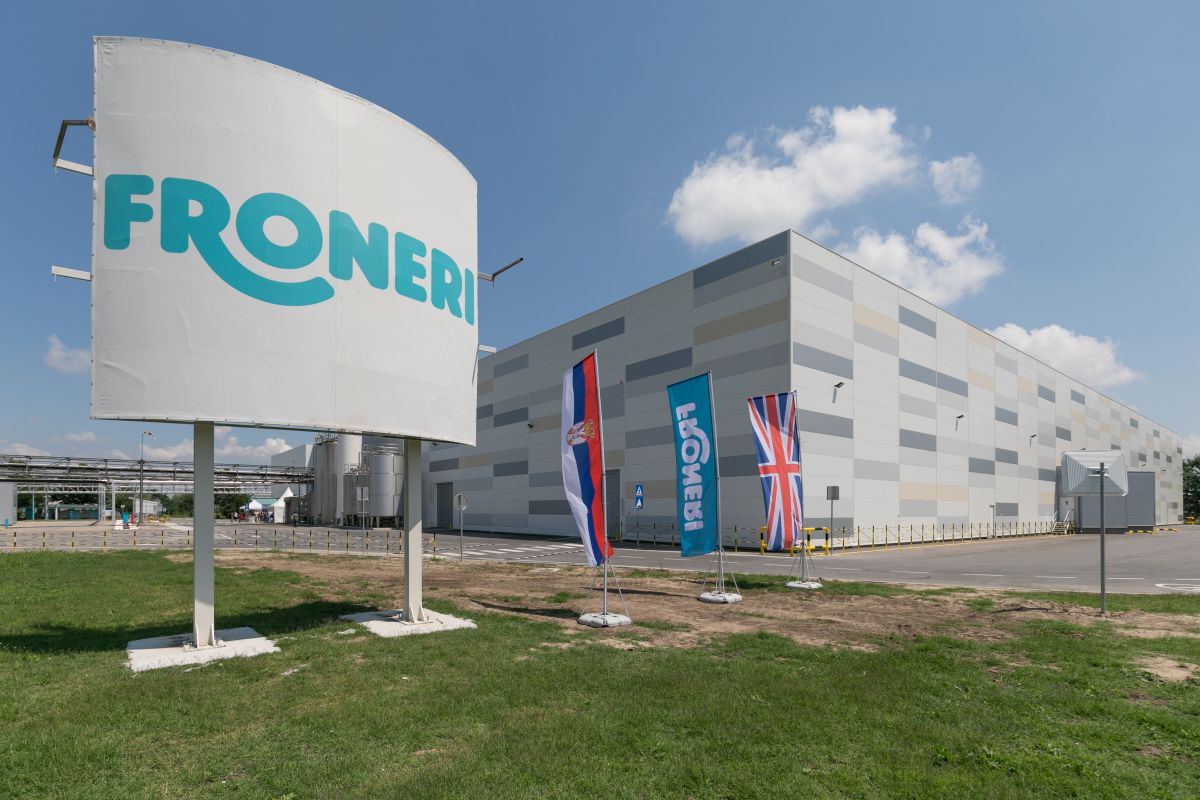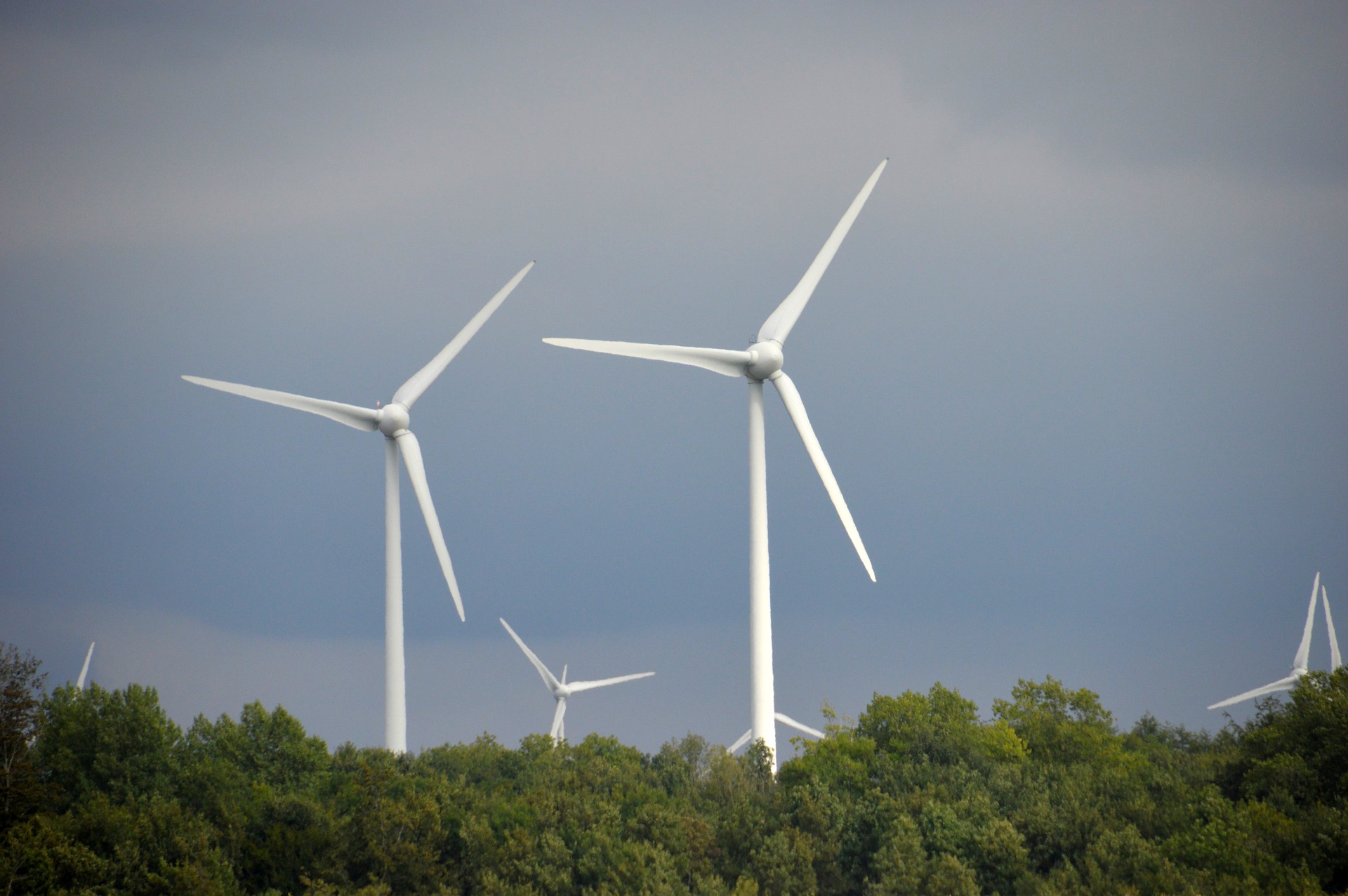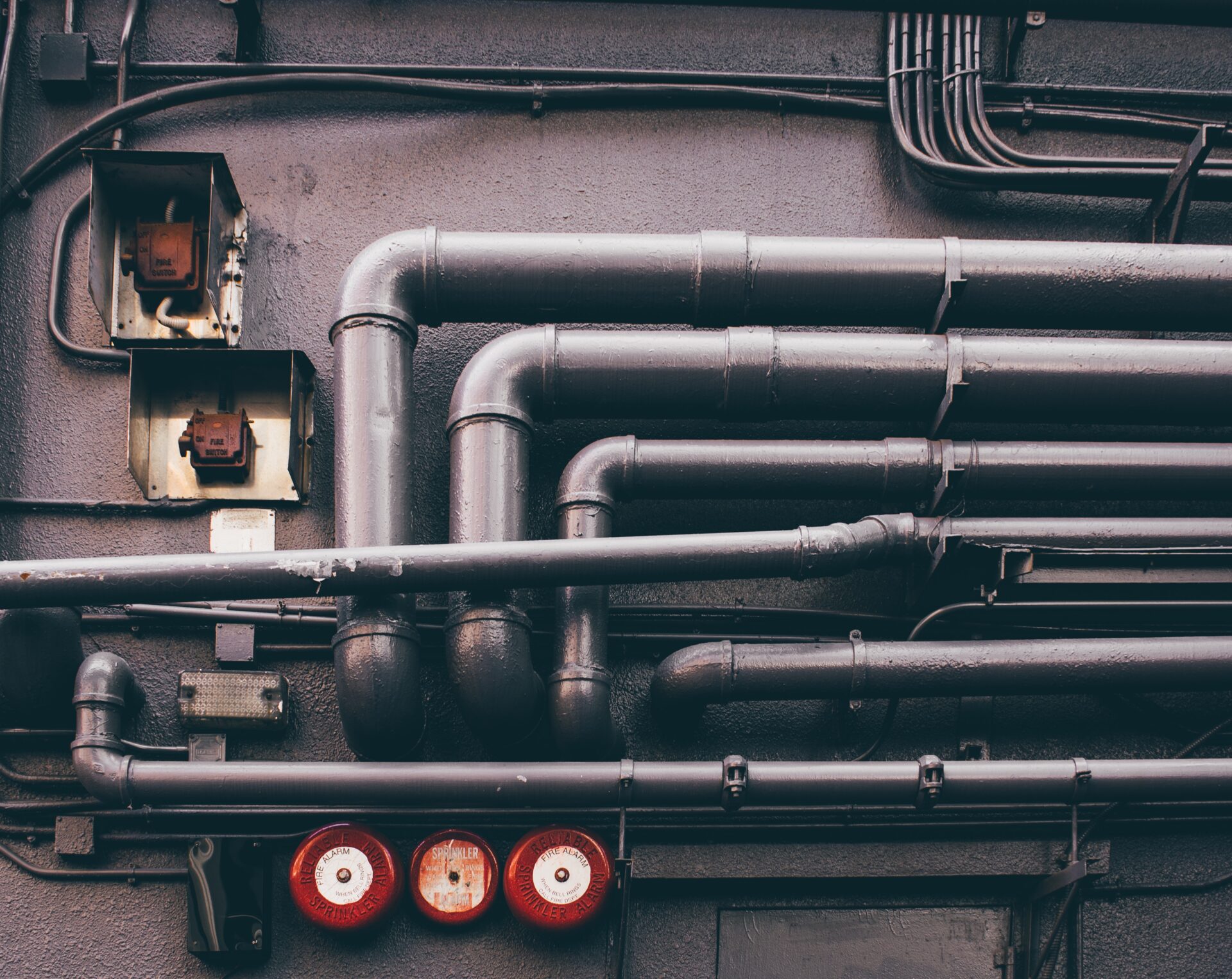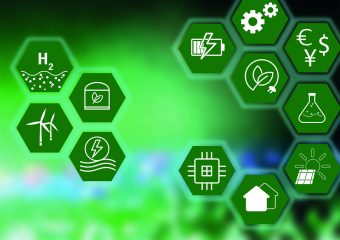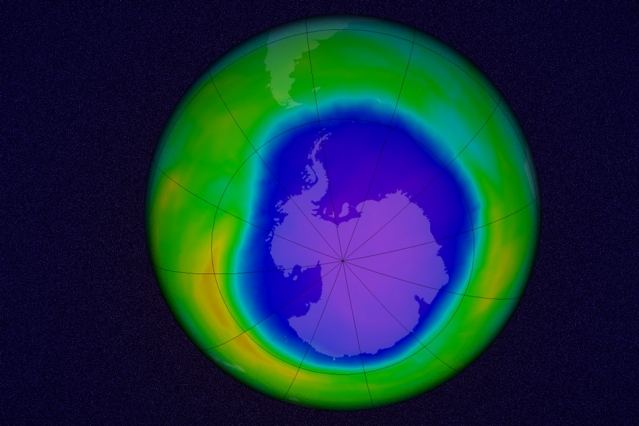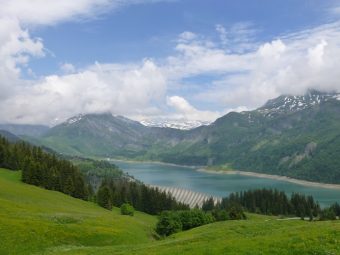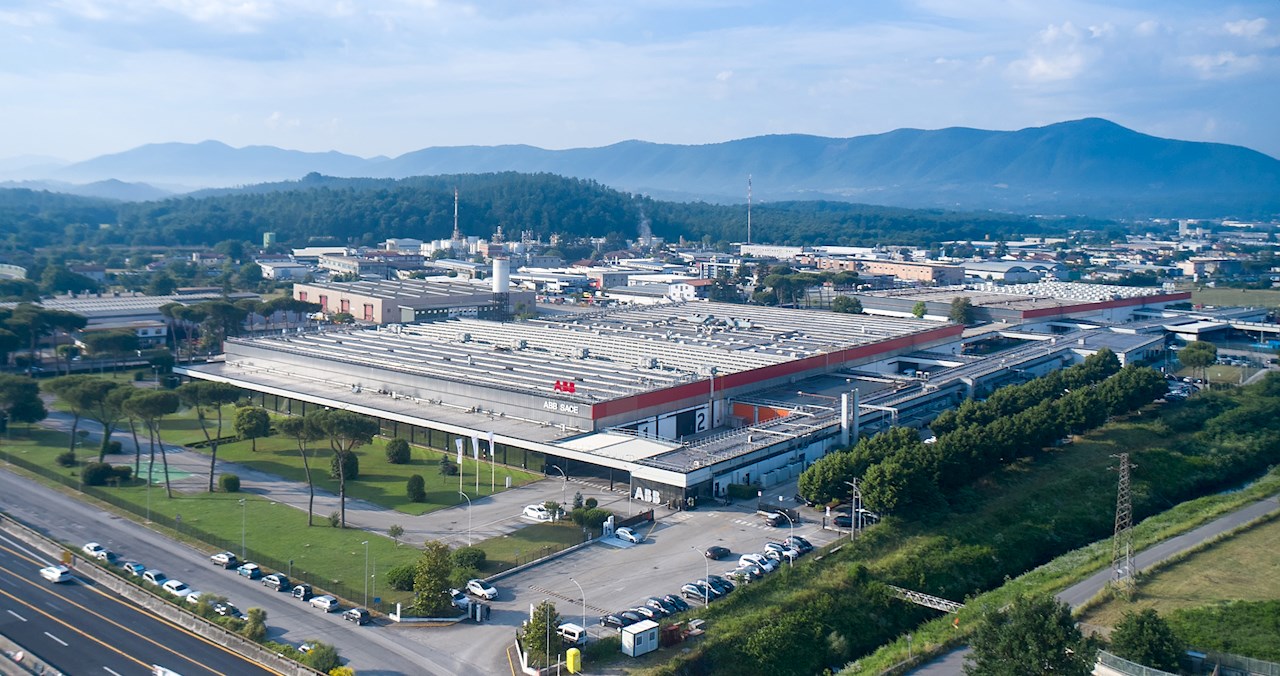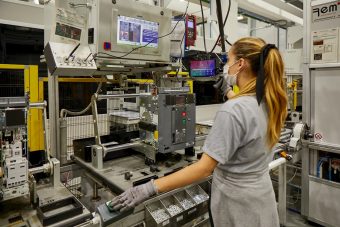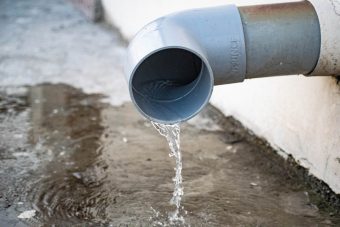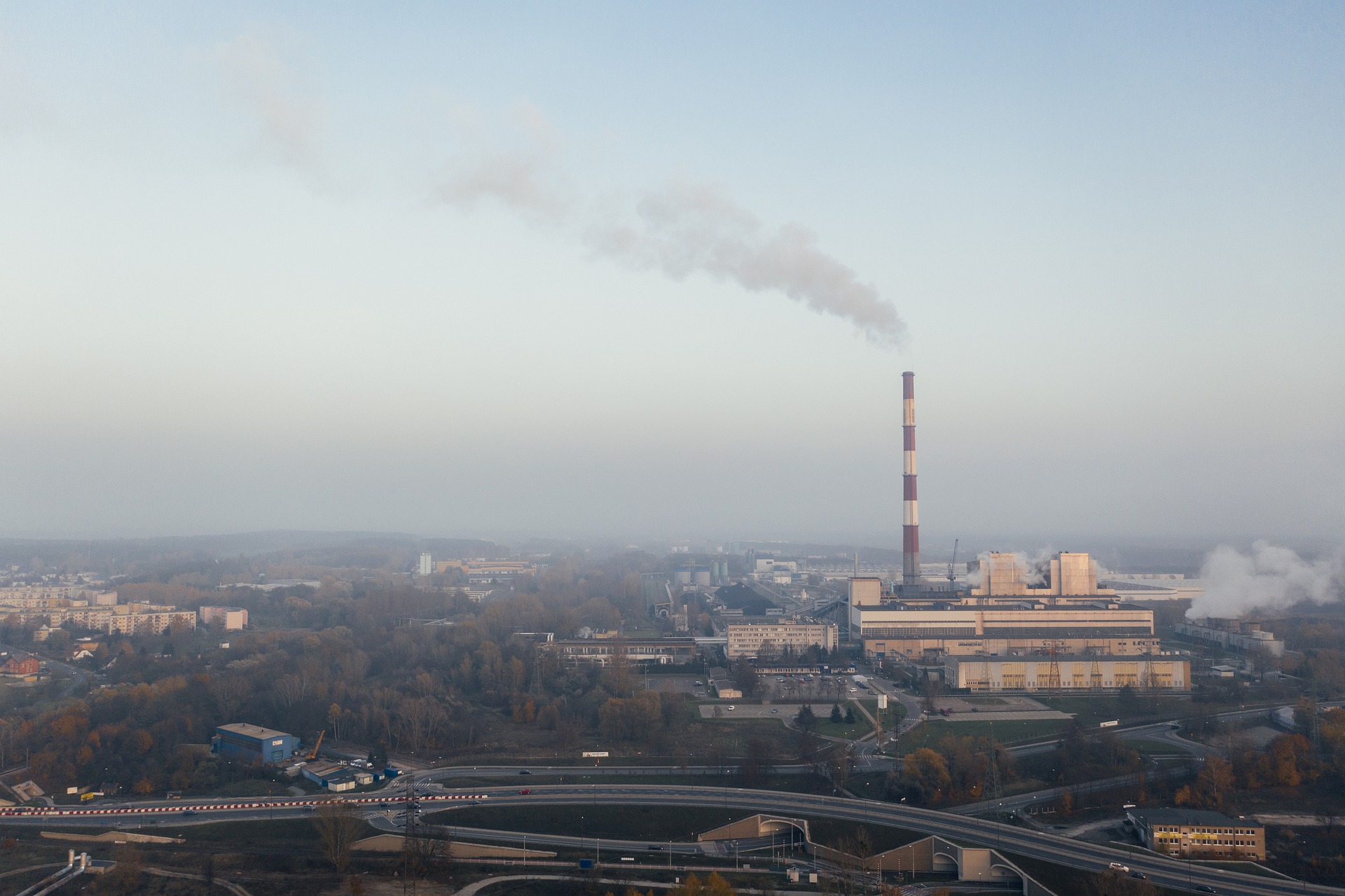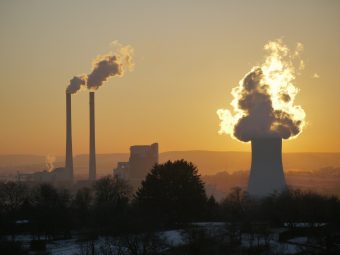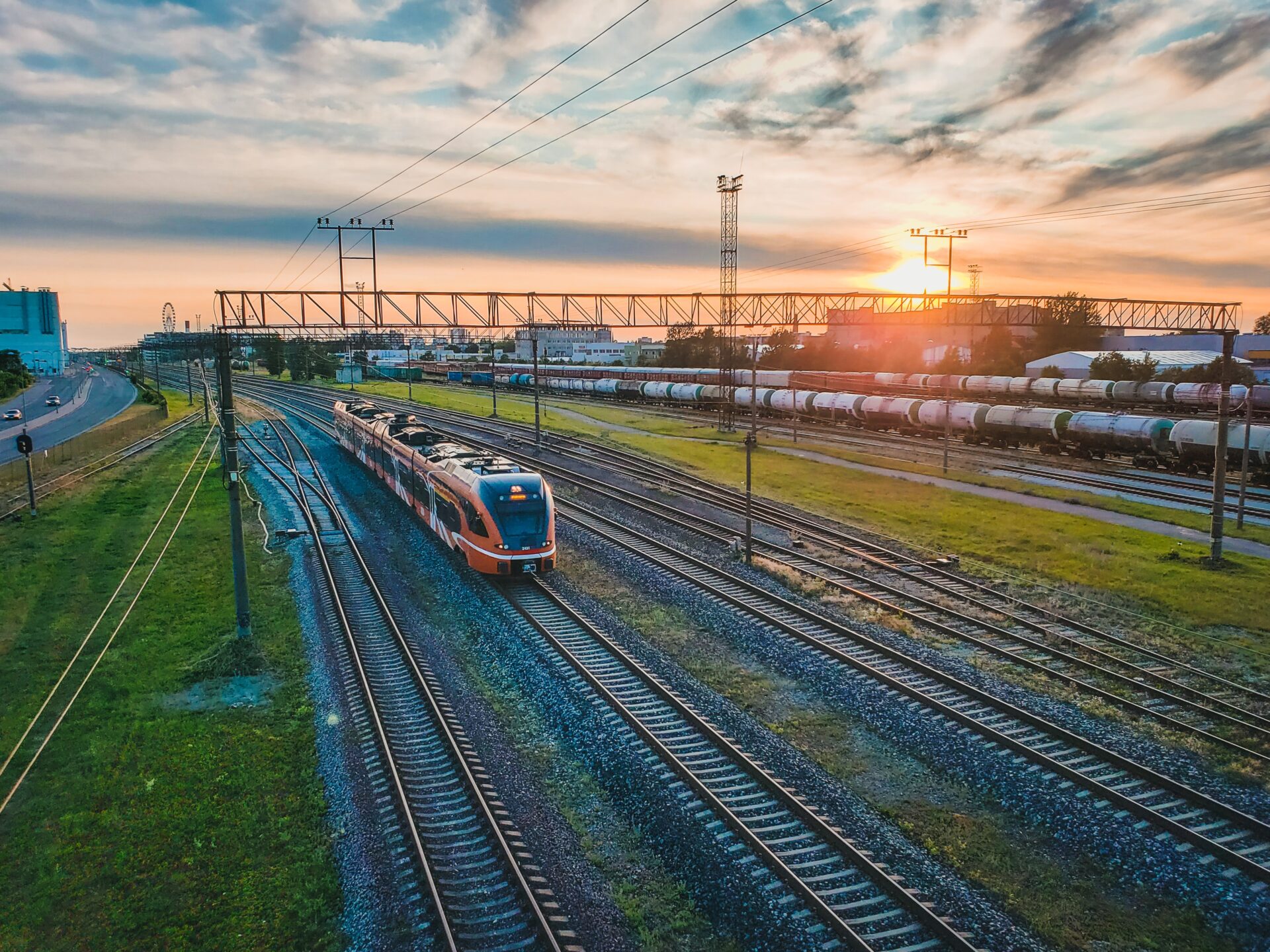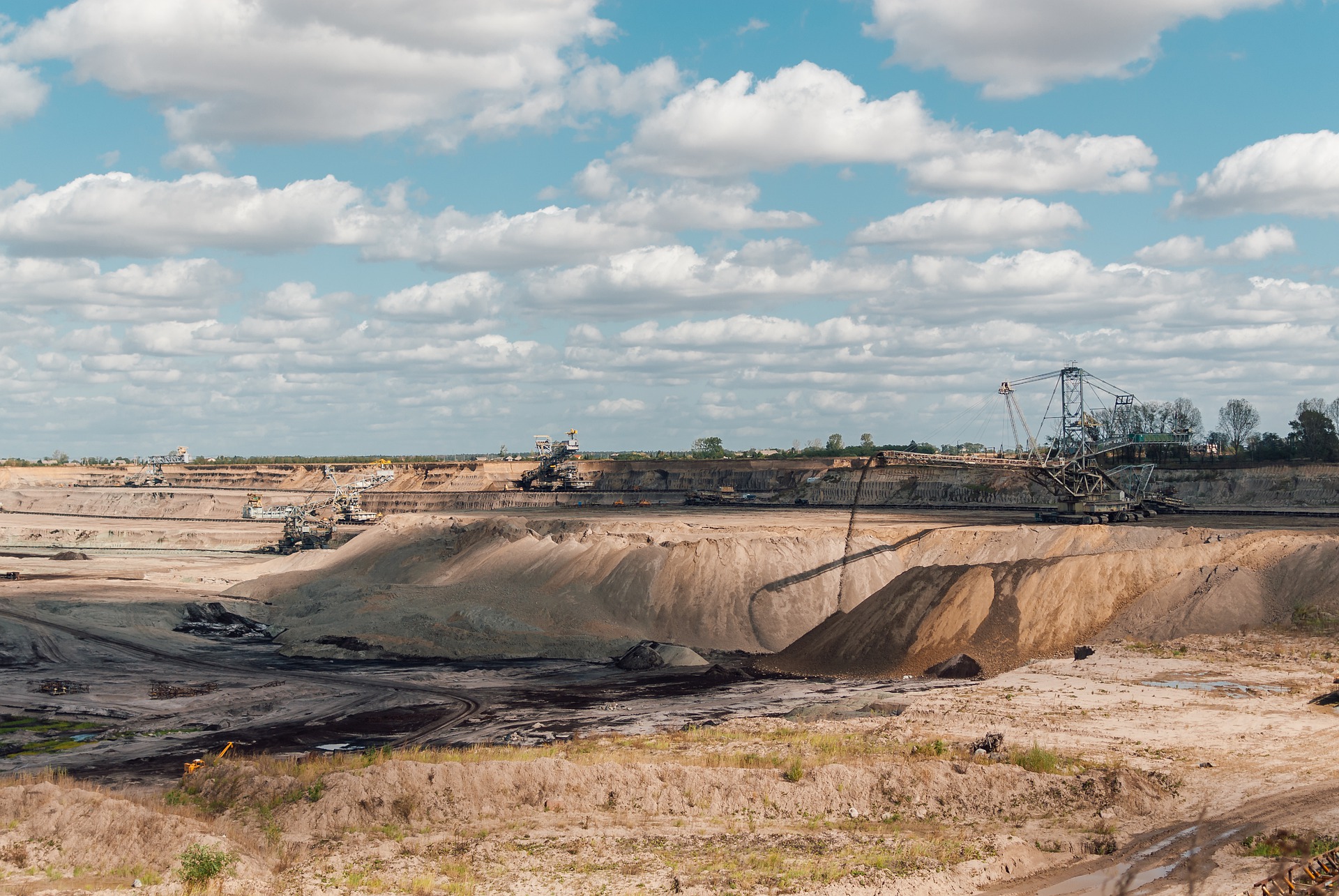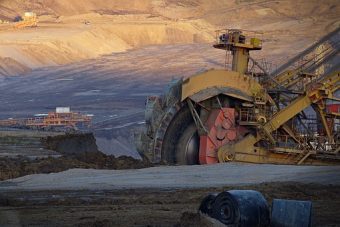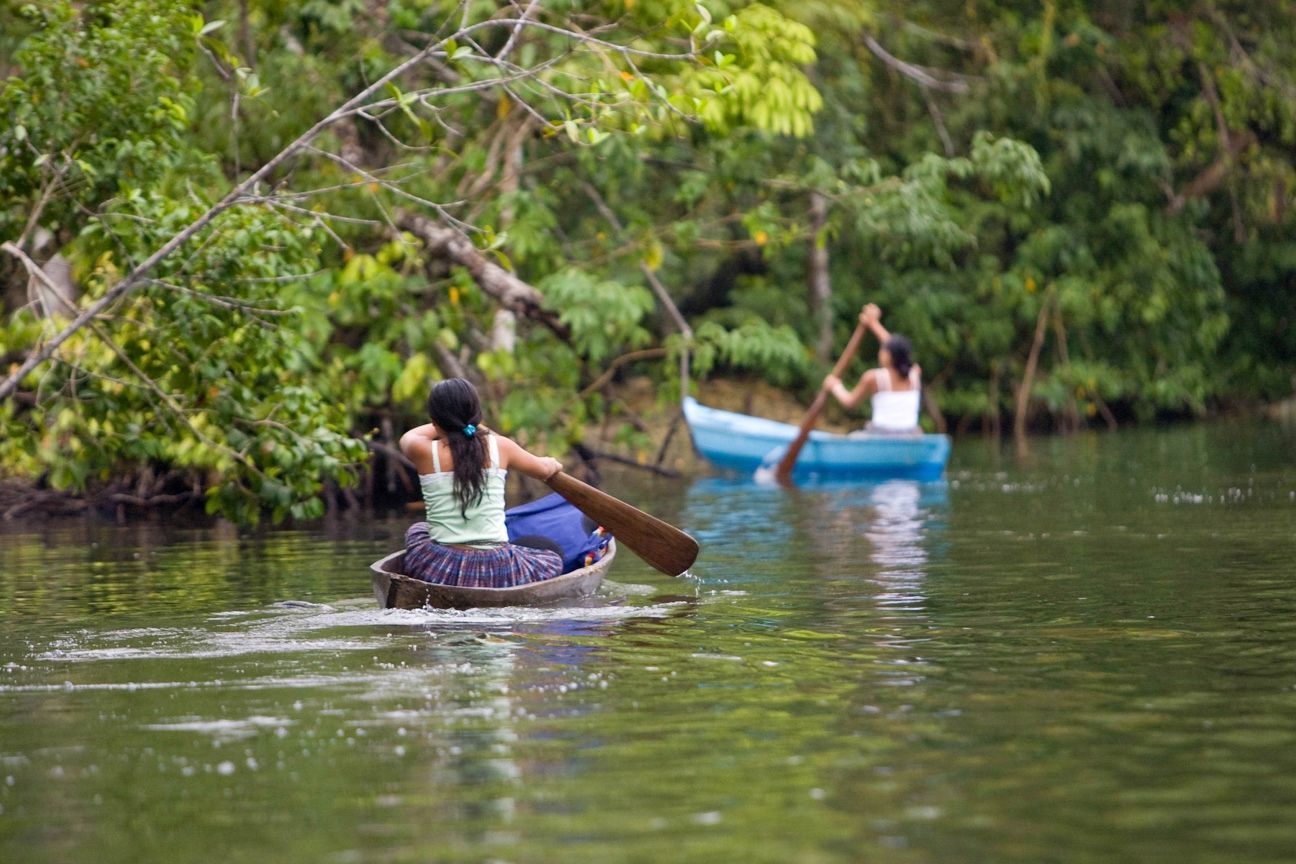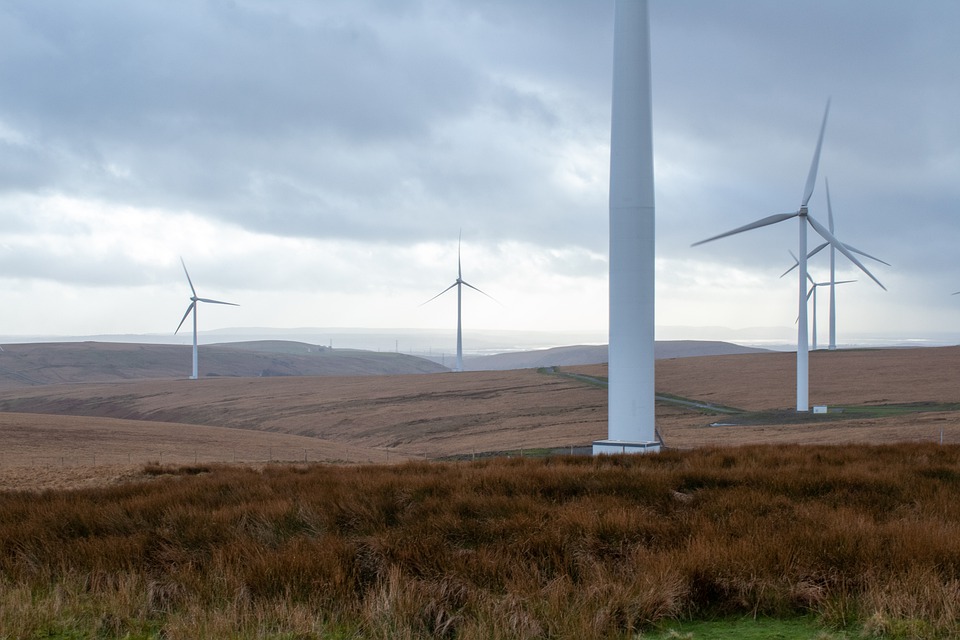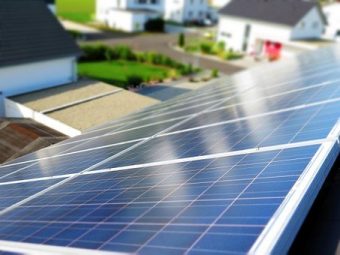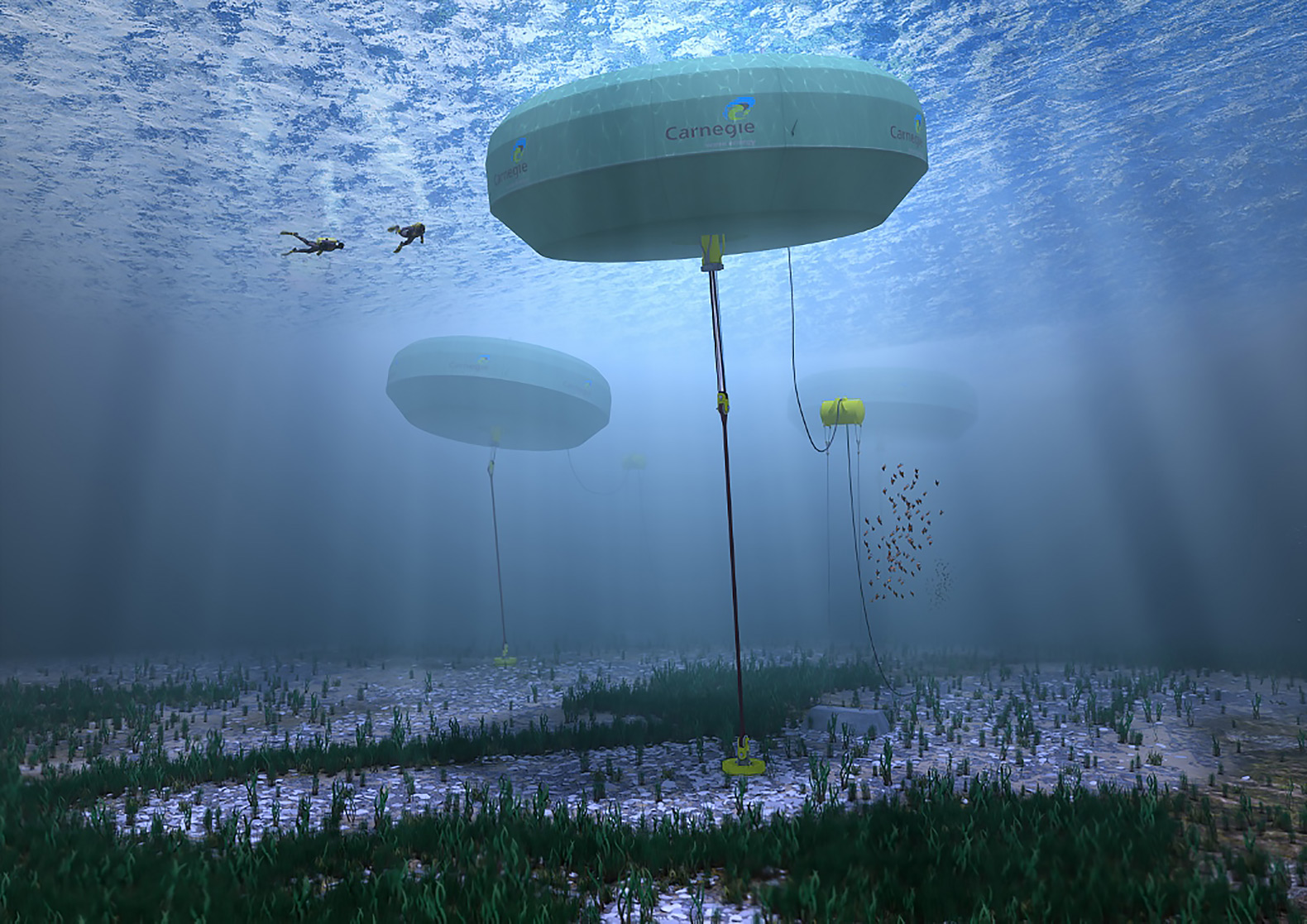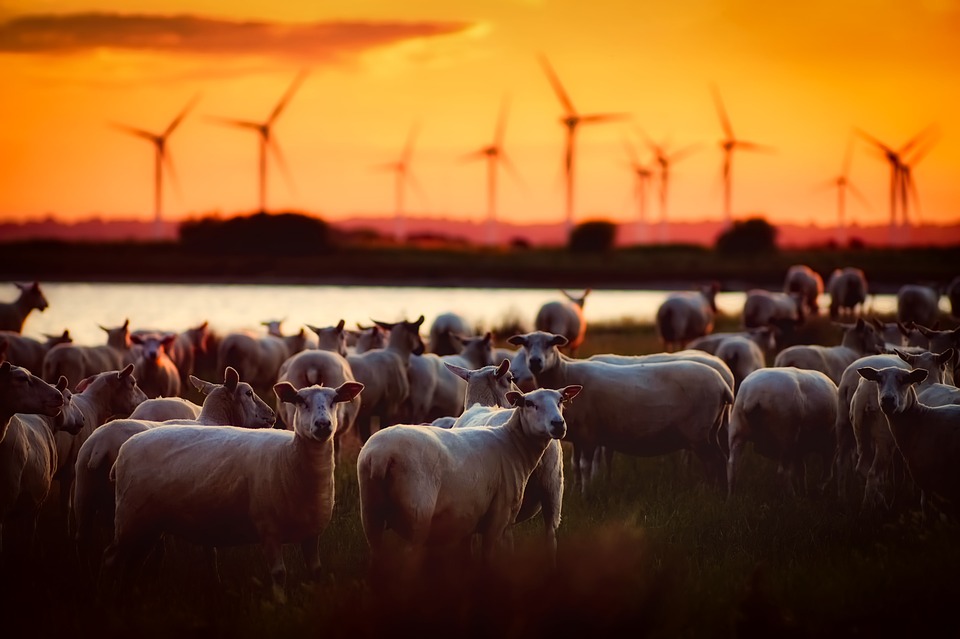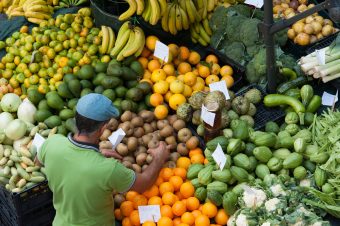
The municipality of Živinice (Bosnia and Herzegovina) signed the declaration on the Clean Air Regions Initiative, raising the number of participants to ten.
Mayors of ambitious municipalities signed the Clean Air Regions Declaration on 30 June at the first Energy Community Just Transition Forum with the aim to undertake voluntary measures aimed to reduce air pollution at local level.
The pioneer signatories of the Clean Air Regions Initiative are the municipalities of Banovići, Kakanj, Lukavac, Maglaj and Tuzla from Bosnia and Herzegovina, Pljevlja from Montenegro, Bitola from North Macedonia and Niš and Novi Sad from Serbia.
More:
- Western Balkan municipalities kick off the development of Local Air Quality Plans
- Exchange Programme For Coal Regions to Share Experiences With Implementing Just Transition to Clean Energy
- Western Balkans Mayors Commit to Tackle Air Quality Challenges with Support of Energy Community Secretariat and Western Balkans Green Center
After launching the Clean Air Regions Initiative (CARI) at the Just Transition Forum on 30 June 2021, representatives of the participating municipalities in septembr have come together for the first two-day workshop to kick off work on developing ambitious local air quality policies and measures in line with the aims of the CARI declaration.
Source: Energy Community



